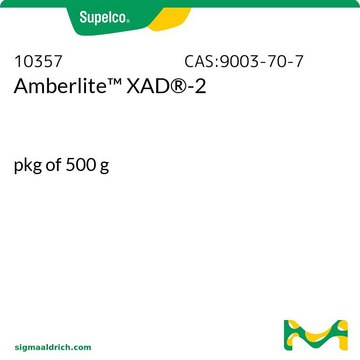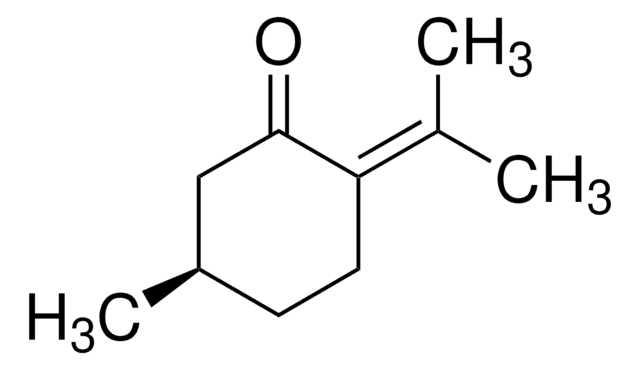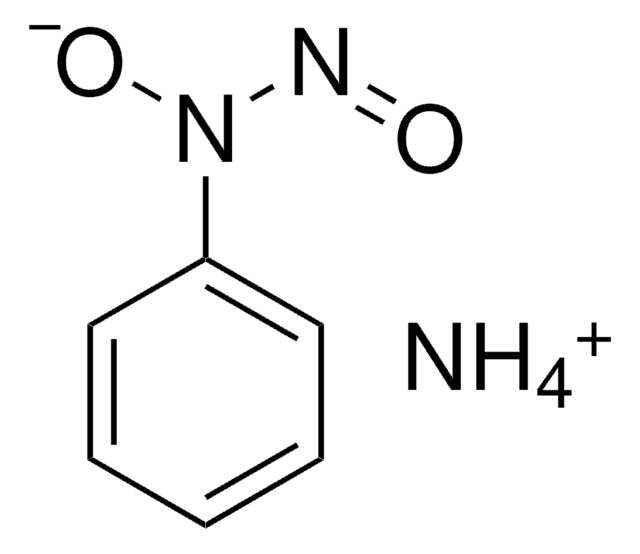おすすめの製品
詳細
Organically stabilized cadmium selenide quantum dots in toluene
アプリケーション
アナリシスノート
粒径は、Yu, W. W.ら( Chem. Mater., 2003, 15, 2854)の方法に従ってTEMによって測定しました。
Quantum yield was measured following the procedure of Qu, L., Peng, X., J. Am. Chem. Soc., 2002, 124-2049.
その他情報
Lifetime one year if stored properly
法的情報
Product of Nanoco Technologies sold under US and worldwide patents and patents pending.
Lumidot is a trademark of Sigma-Aldrich Co. LLC
シグナルワード
Danger
危険有害性の分類
Aquatic Chronic 2 - Asp. Tox. 1 - Flam. Liq. 2 - Repr. 2 - Skin Irrit. 2 - STOT RE 2 - STOT SE 3
ターゲットの組織
Central nervous system, Respiratory system
保管分類コード
3 - Flammable liquids
WGK
WGK 3
引火点(°F)
39.2 °F
引火点(℃)
4 °C
個人用保護具 (PPE)
Eyeshields, Faceshields, Gloves, type ABEK (EN14387) respirator filter
適用法令
試験研究用途を考慮した関連法令を主に挙げております。化学物質以外については、一部の情報のみ提供しています。 製品を安全かつ合法的に使用することは、使用者の義務です。最新情報により修正される場合があります。WEBの反映には時間を要することがあるため、適宜SDSをご参照ください。
毒物及び劇物取締法
毒物
消防法
第4類:引火性液体
第一石油類
危険等級II
非水溶性液体
労働安全衛生法名称等を表示すべき危険物及び有害物
名称等を表示すべき危険物及び有害物
労働安全衛生法名称等を通知すべき危険物及び有害物
名称等を通知すべき危険物及び有害物
Jan Code
662461-BULK:
662461-25ML:4548173300900
662461-5ML:4548173300917
662461-10ML:4548173300894
662461-VAR:
David T R Stewart et al.
Environmental toxicology and chemistry, 32(6), 1288-1294 (2013-02-19)
The present study addresses the bioaccumulation behavior of cadmium selenide quantum dots by Eisenia andrei earthworms in a terrestrial environment. Earthworms were exposed to quantum dot-treated soil for up to 4 wk and analyzed for cadmium and selenium concentration using
Haritz Etxeberria et al.
Journal of nanoscience and nanotechnology, 13(1), 643-648 (2013-05-08)
CdSe nanoparticles with polystyrene (PS) brushes are obtained by "grafting through" technique starting from solely aqueously synthesized nanoparticles. Mercaptoethanol (ME) capped nanoparticles are used to achieve double bond functional groups on the surface by condensation reaction with methacryloxypropyltrimethoxysilane (MPS). PS
Yuanyuan Wang et al.
Inorganic chemistry, 52(6), 2933-2938 (2013-03-06)
Four [(CdSe)13(RNH2)13] derivatives (R = n-propyl, n-pentyl, n-octyl, and oleyl) are prepared by reaction of Cd(OAc)2·2H2O and selenourea in the corresponding primary-amine solvent. Nanoclusters grow in spontaneously formed amine-bilayer templates and are characterized by elemental analysis, IR spectroscopy, UV-vis spectroscopy
Shancheng Yan et al.
Journal of nanoscience and nanotechnology, 13(1), 23-32 (2013-05-08)
Semiconducting nanowire heterostructures are of particular interest because of their fascinating properties and potential applications in the field of nanoscale science. CdS, with a direct bandgap of 2.42 eV, is considered to be an excellent material for various optoelectronic applications
Yong Li et al.
ACS nano, 7(3), 2240-2248 (2013-02-13)
Microbial cells have shown a great potential to biosynthesize inorganic nanoparticles within their orderly regulated intracellular environment. However, very little is known about the mechanism of nanoparticle biosynthesis. Therefore, it is difficult to control intracellular synthesis through the manipulation of
ライフサイエンス、有機合成、材料科学、クロマトグラフィー、分析など、あらゆる分野の研究に経験のあるメンバーがおります。.
製品に関するお問い合わせはこちら(テクニカルサービス)











